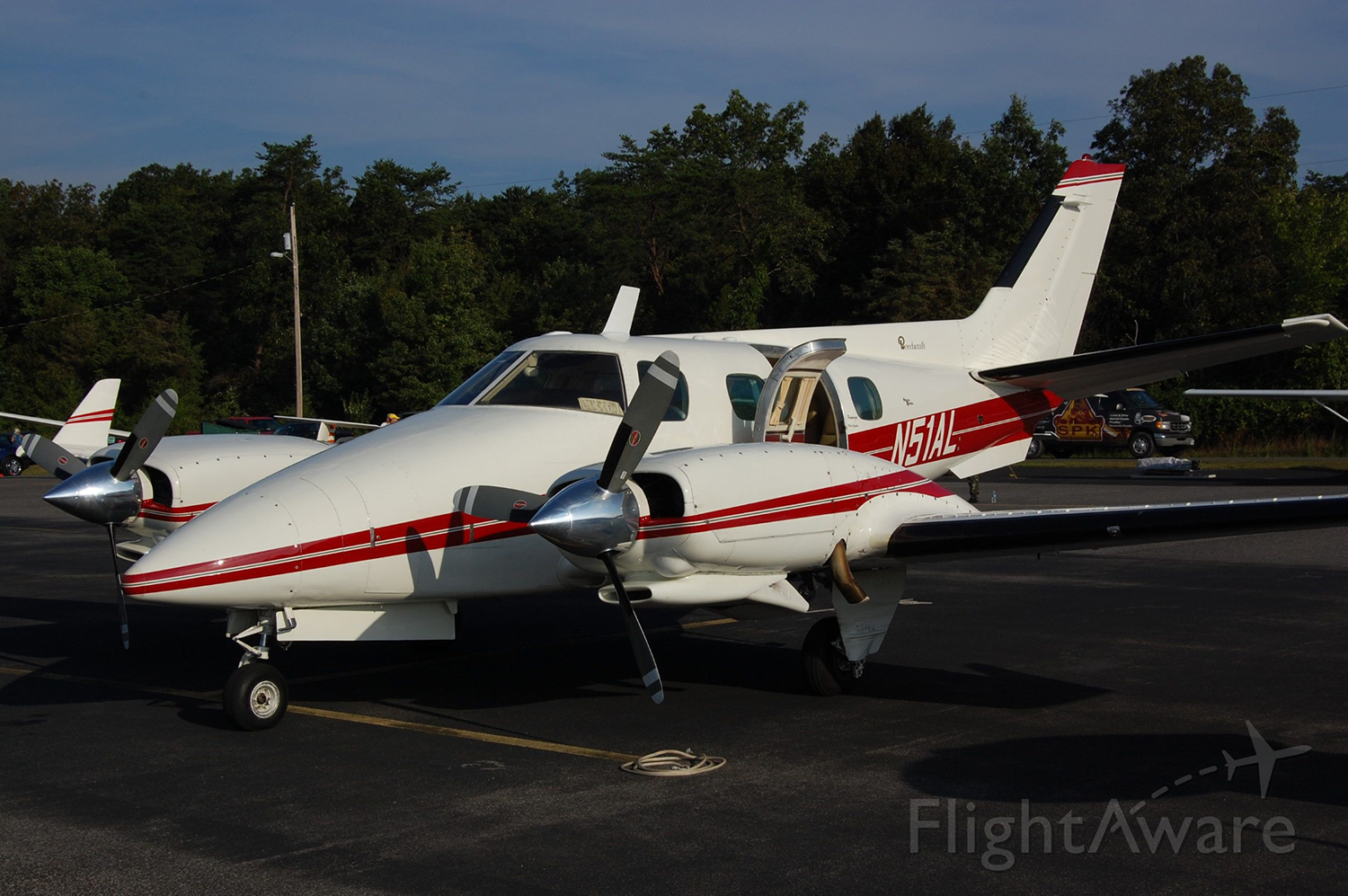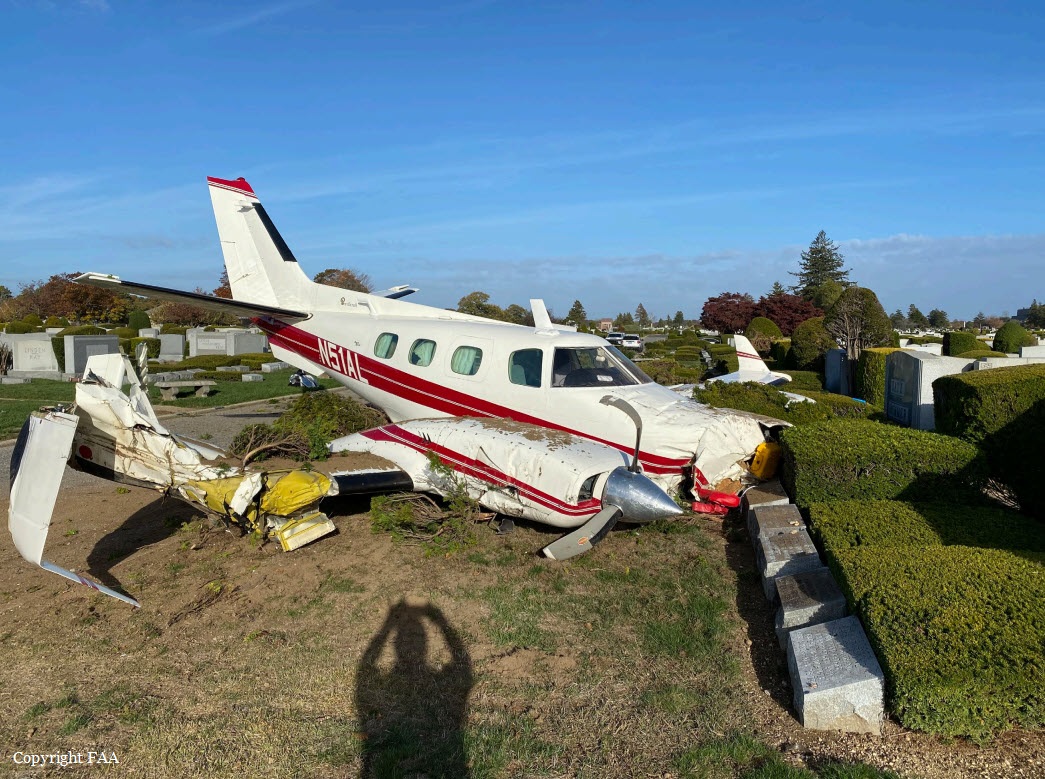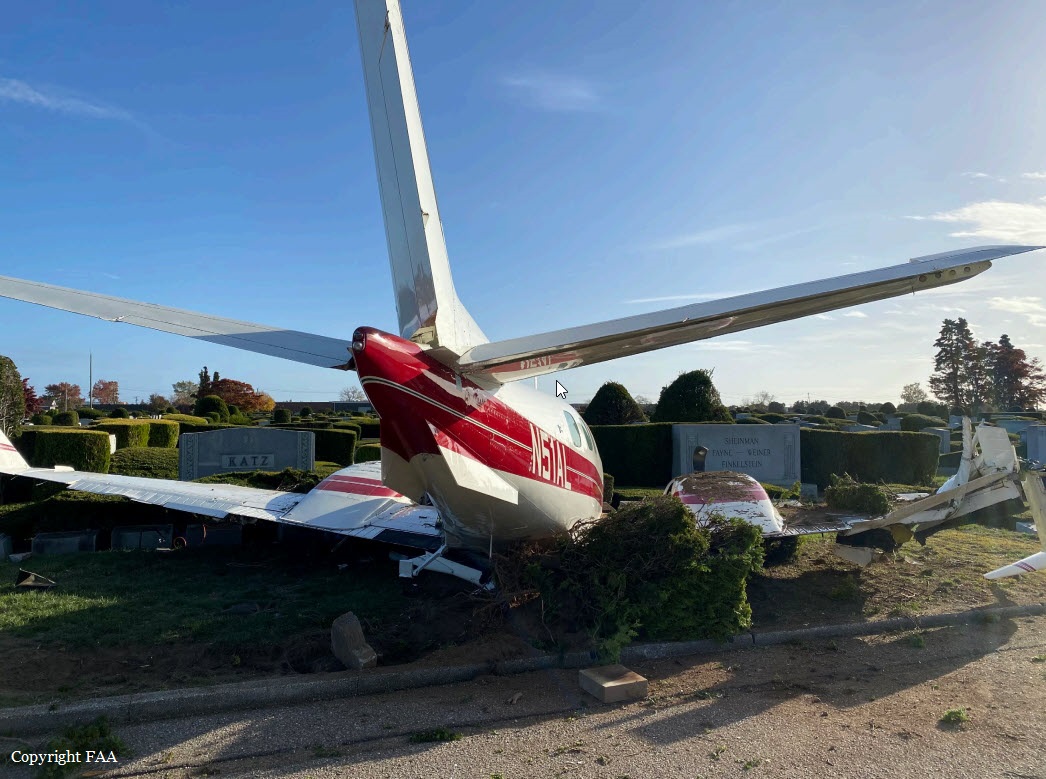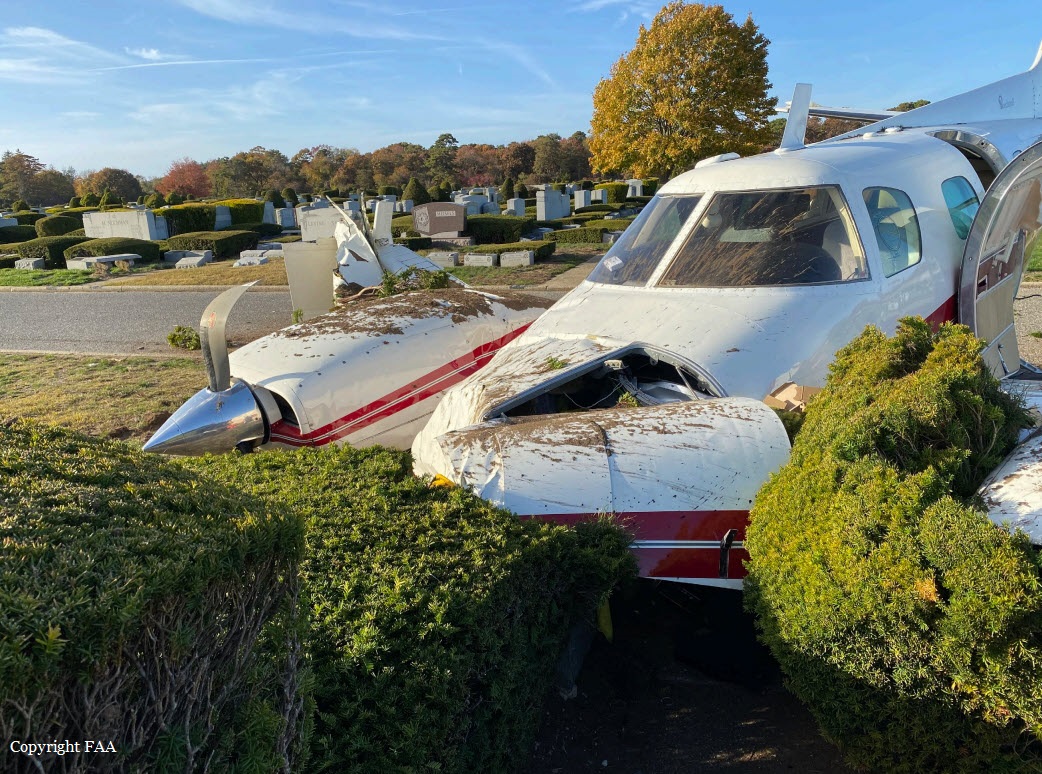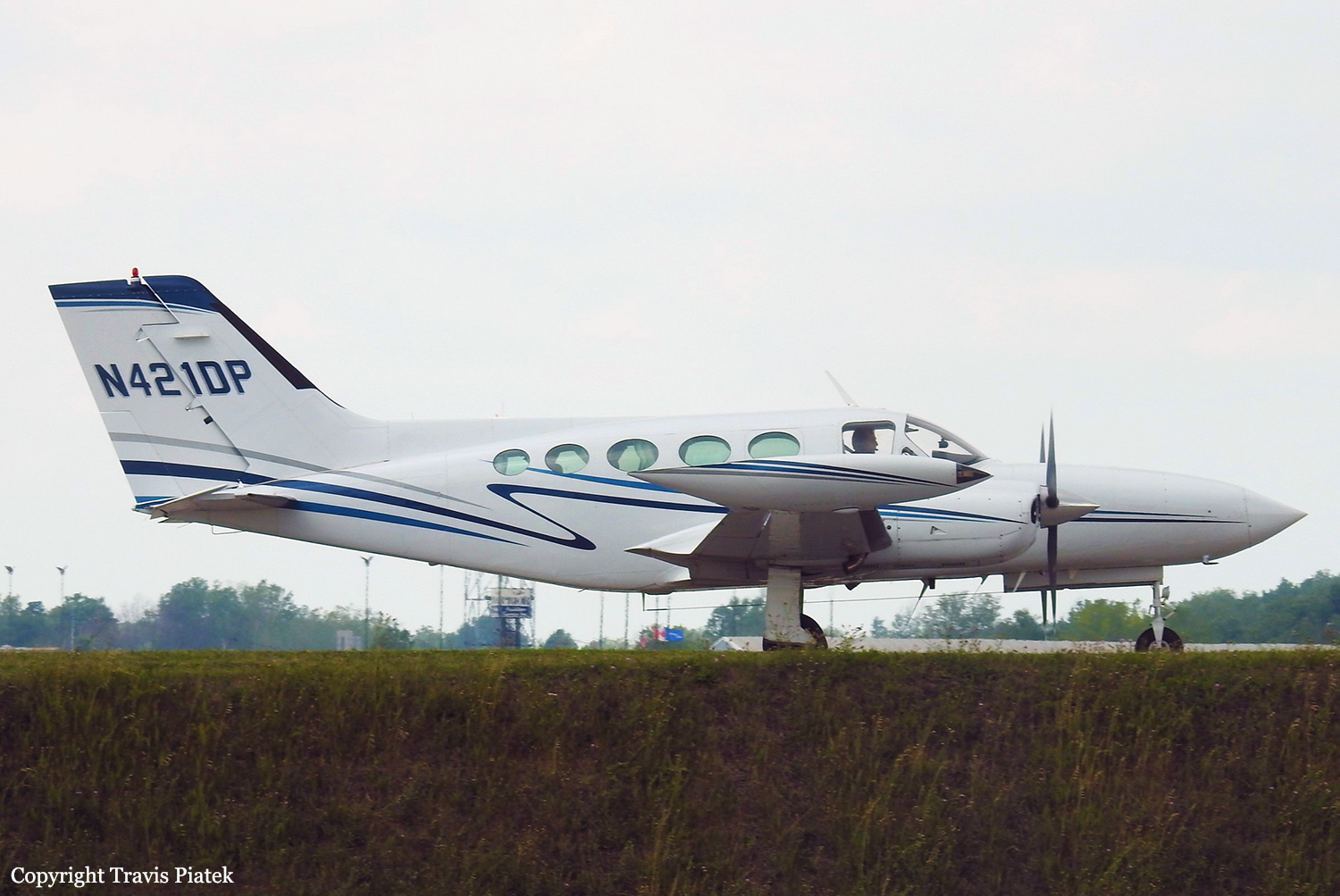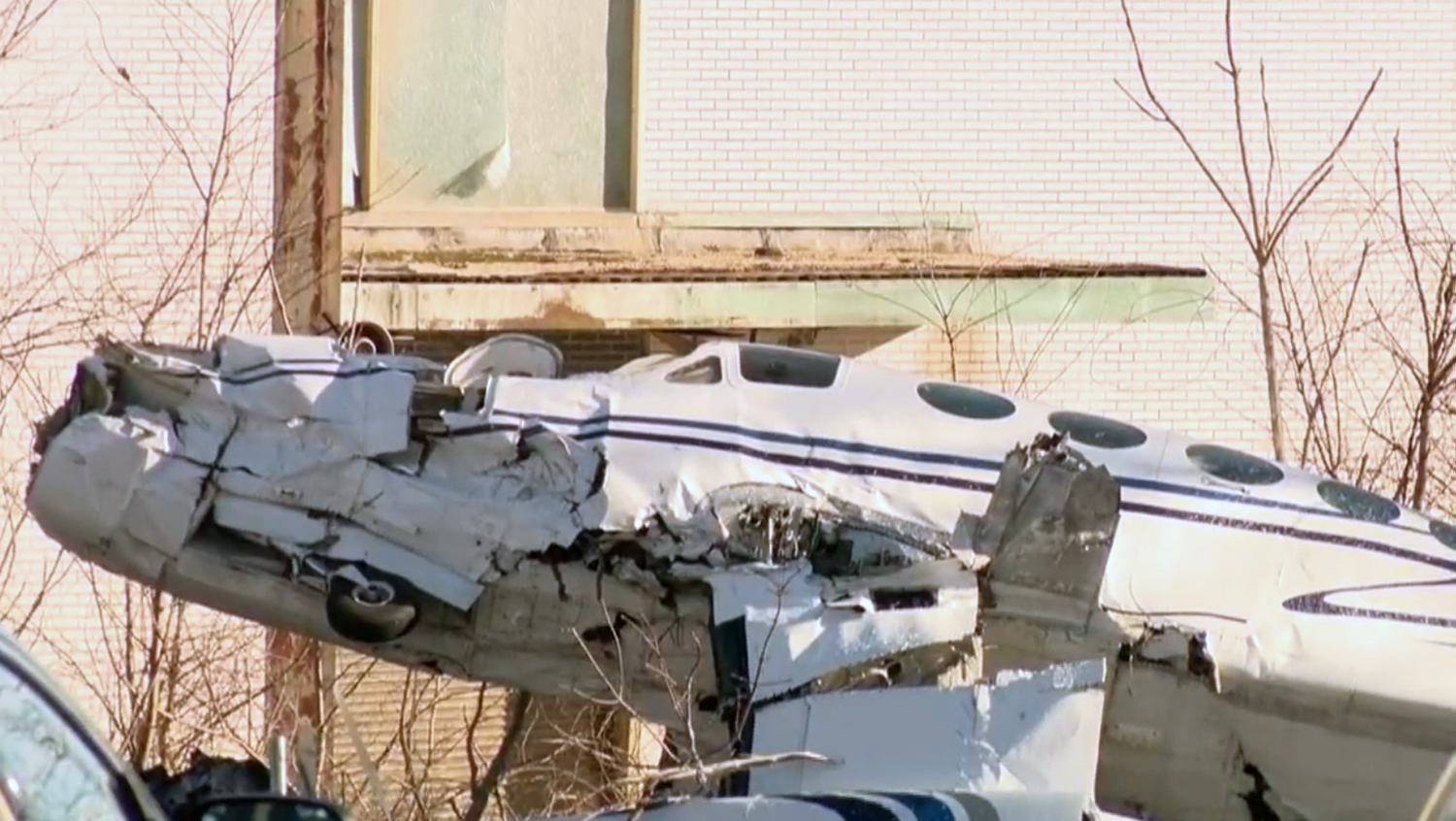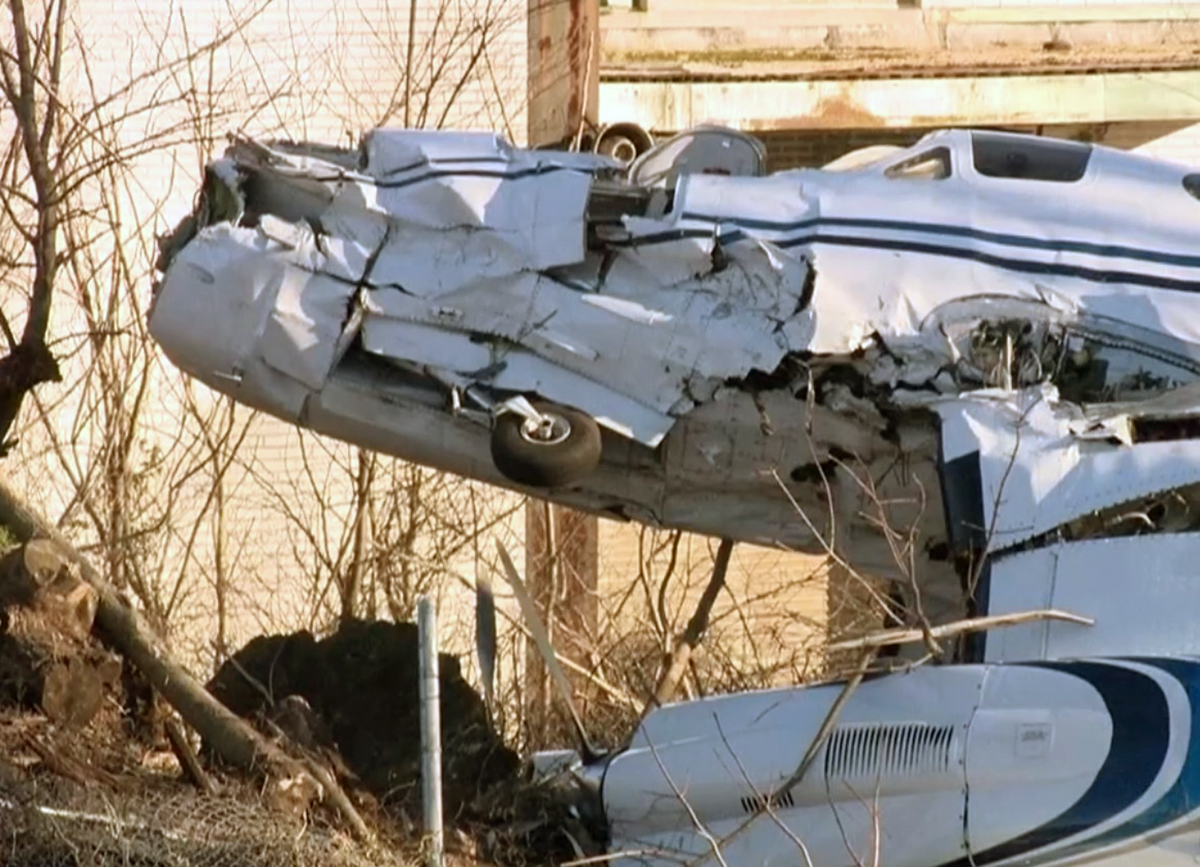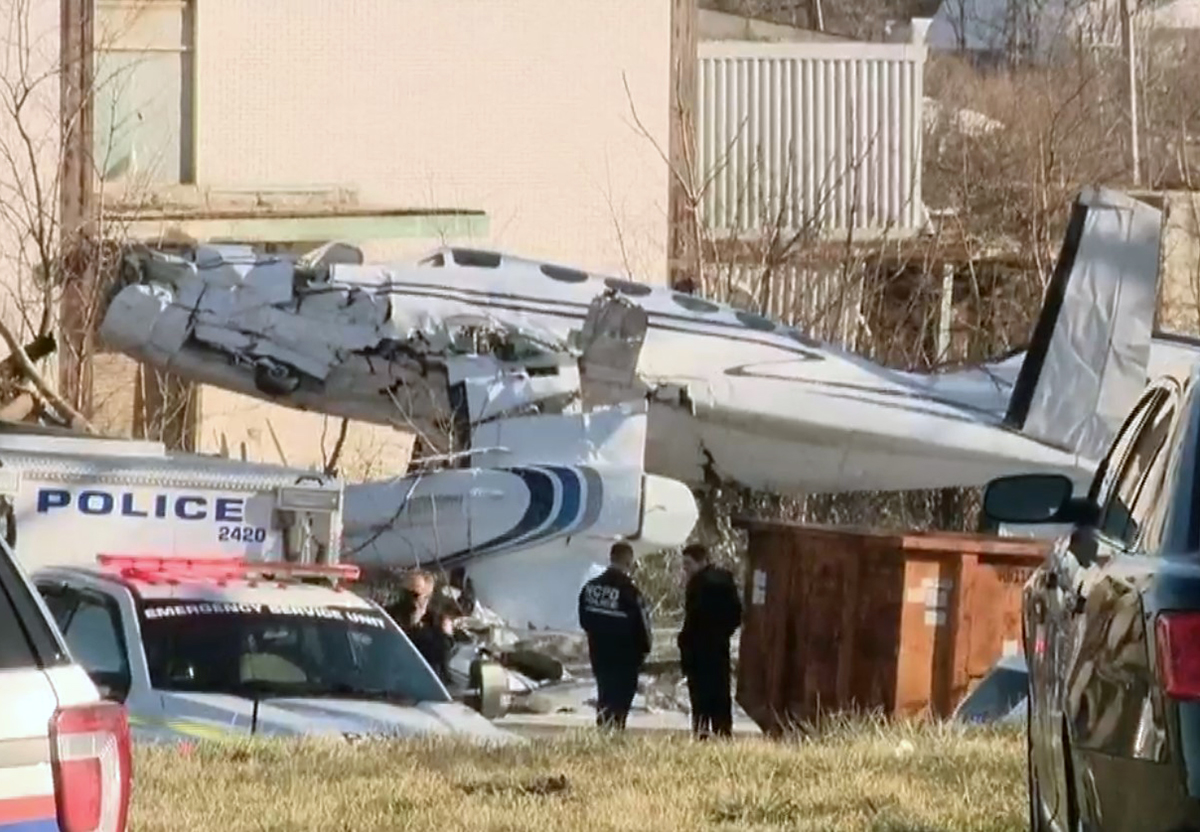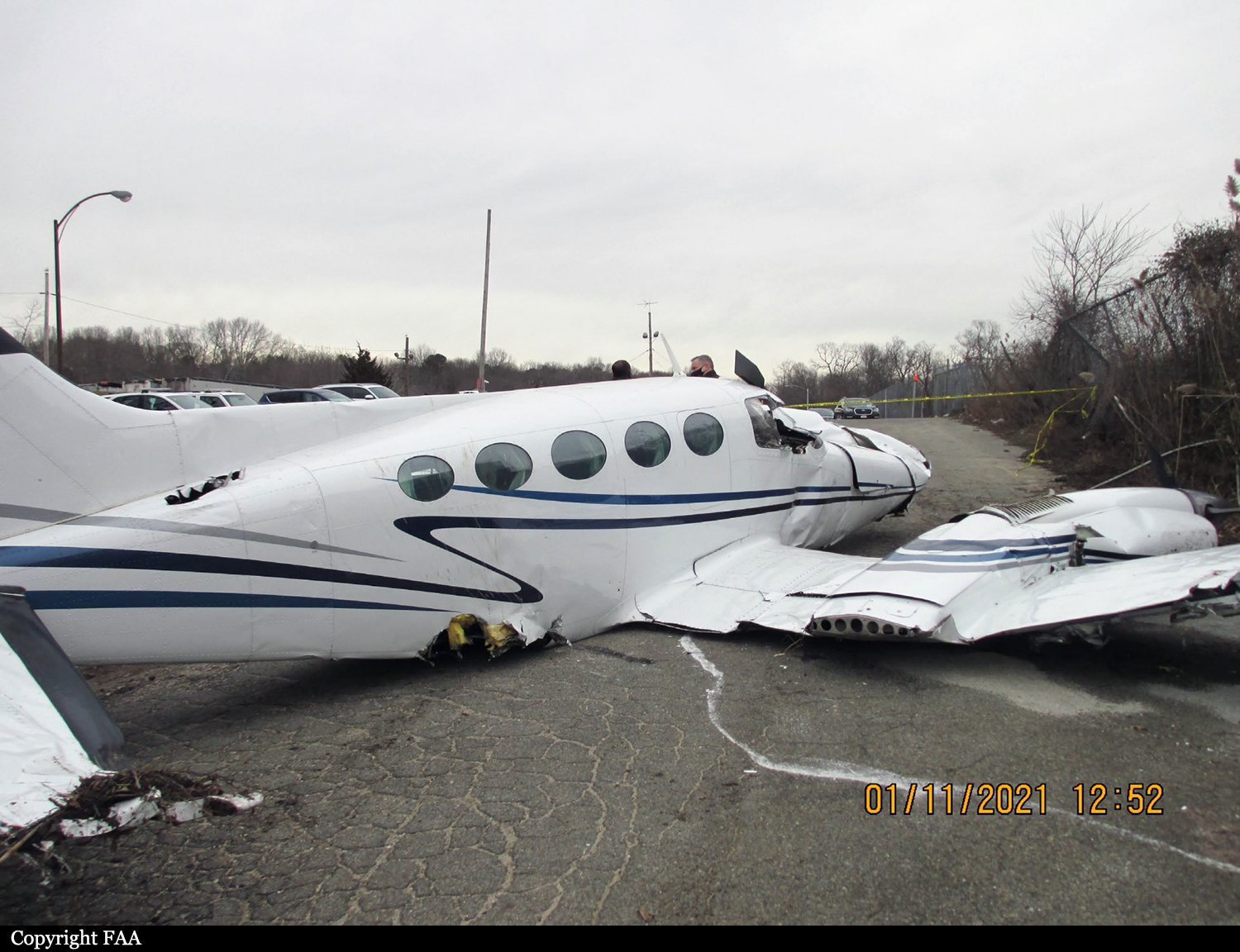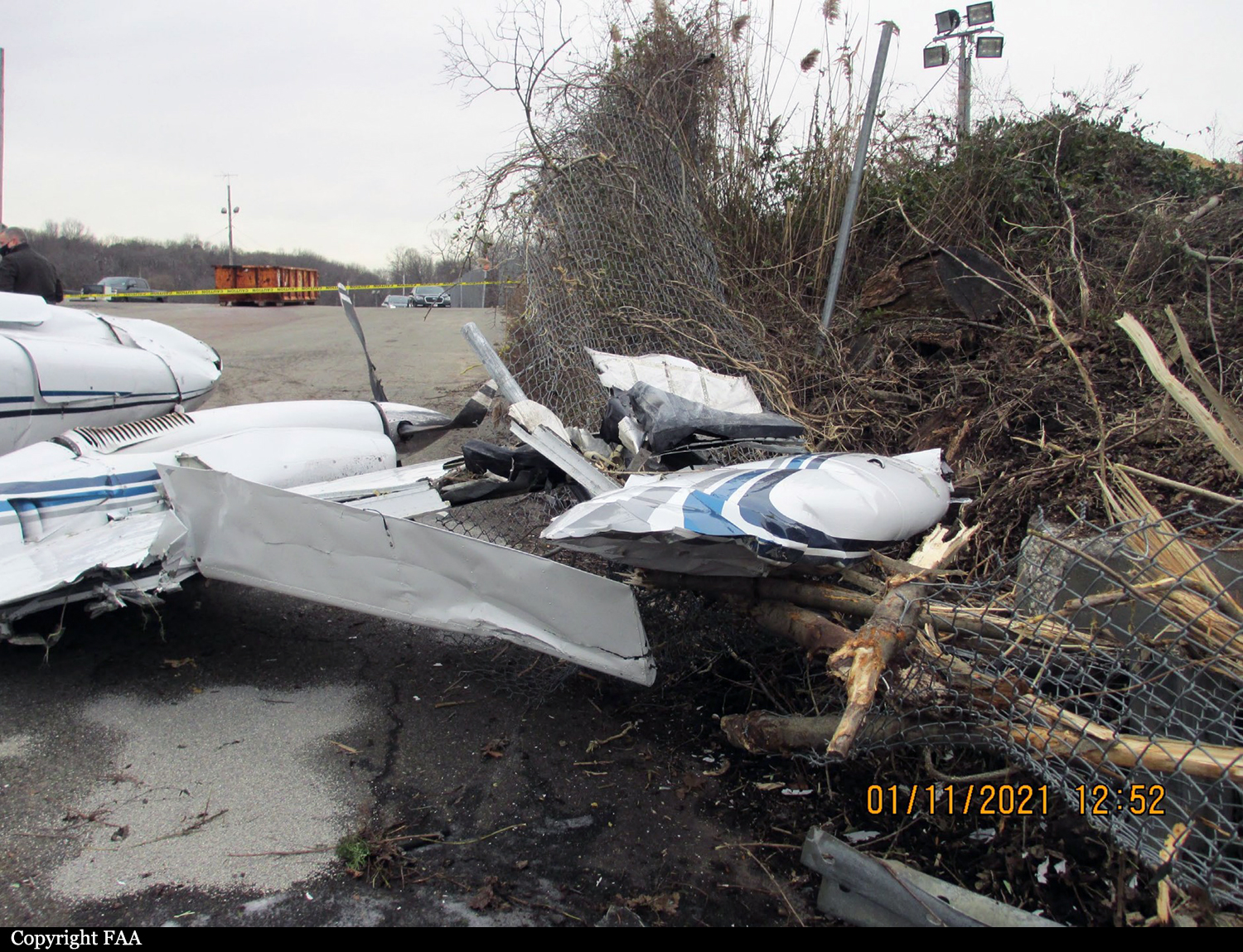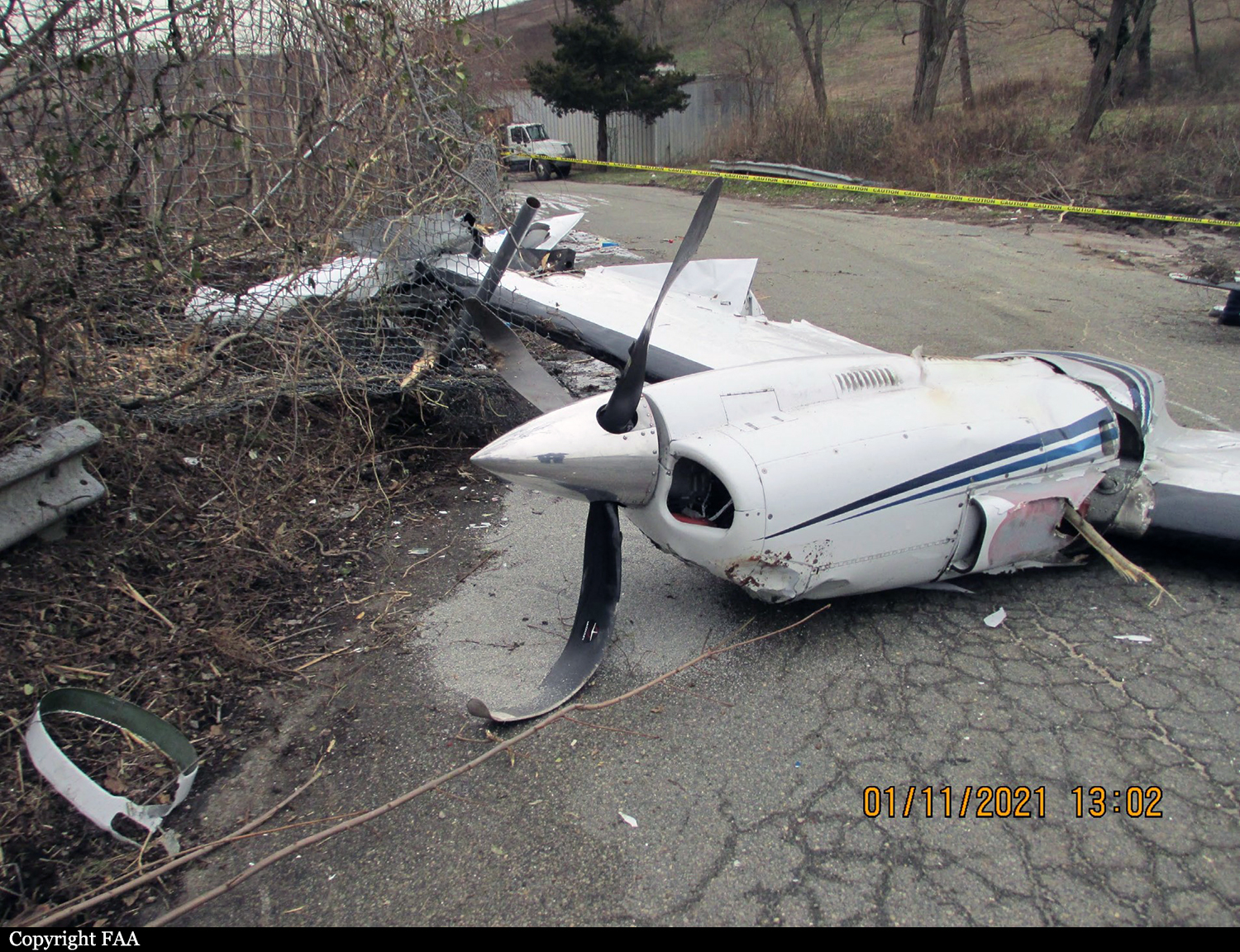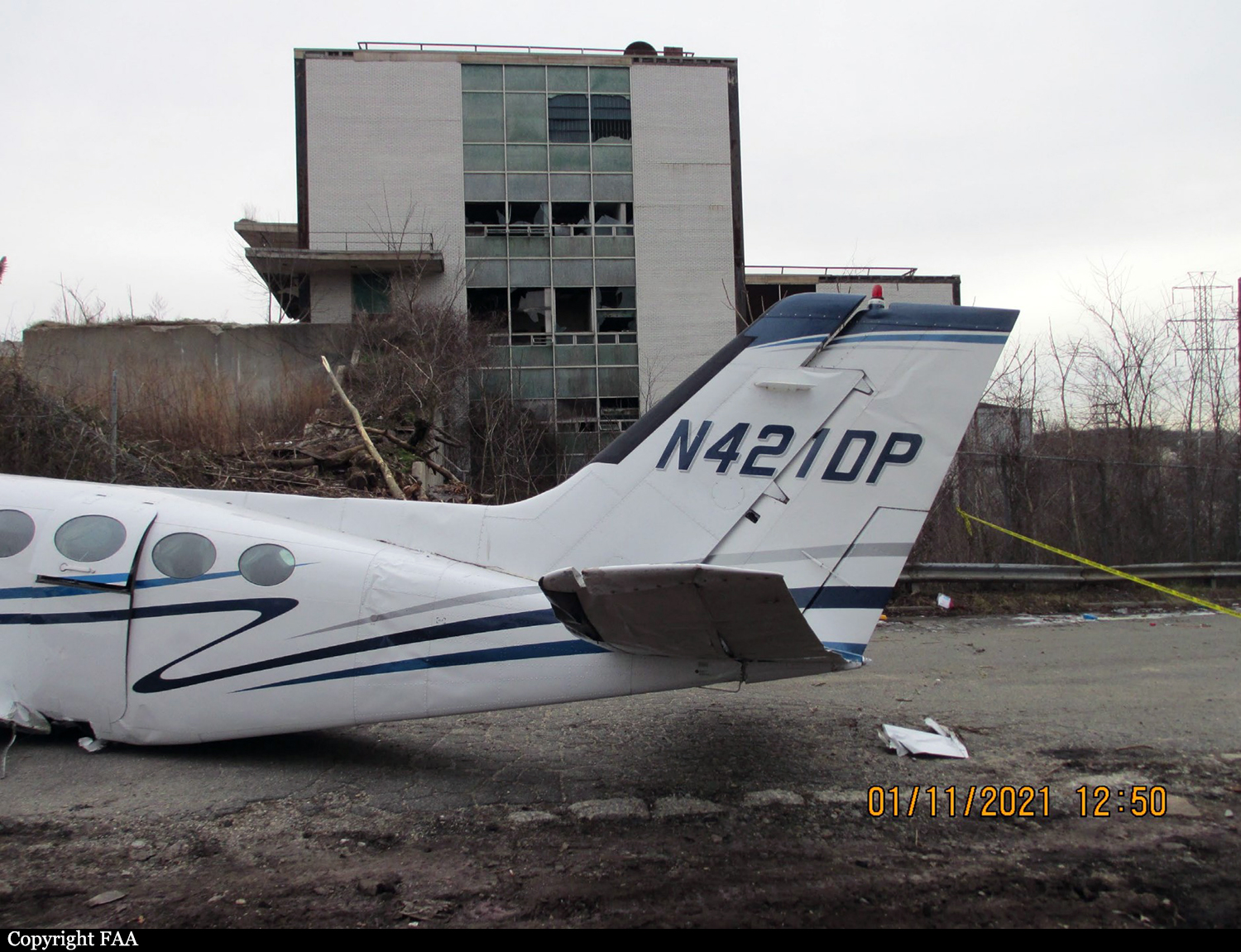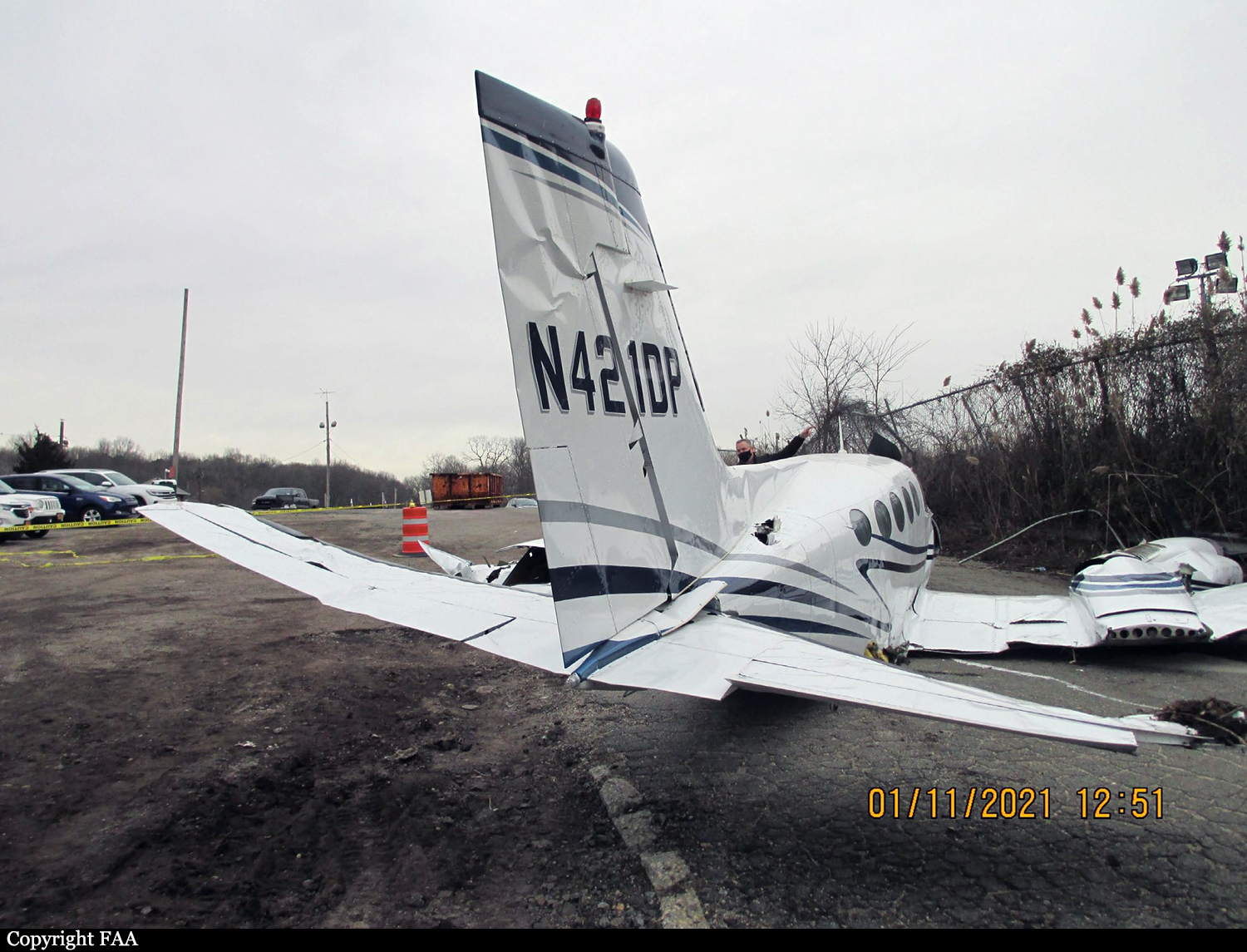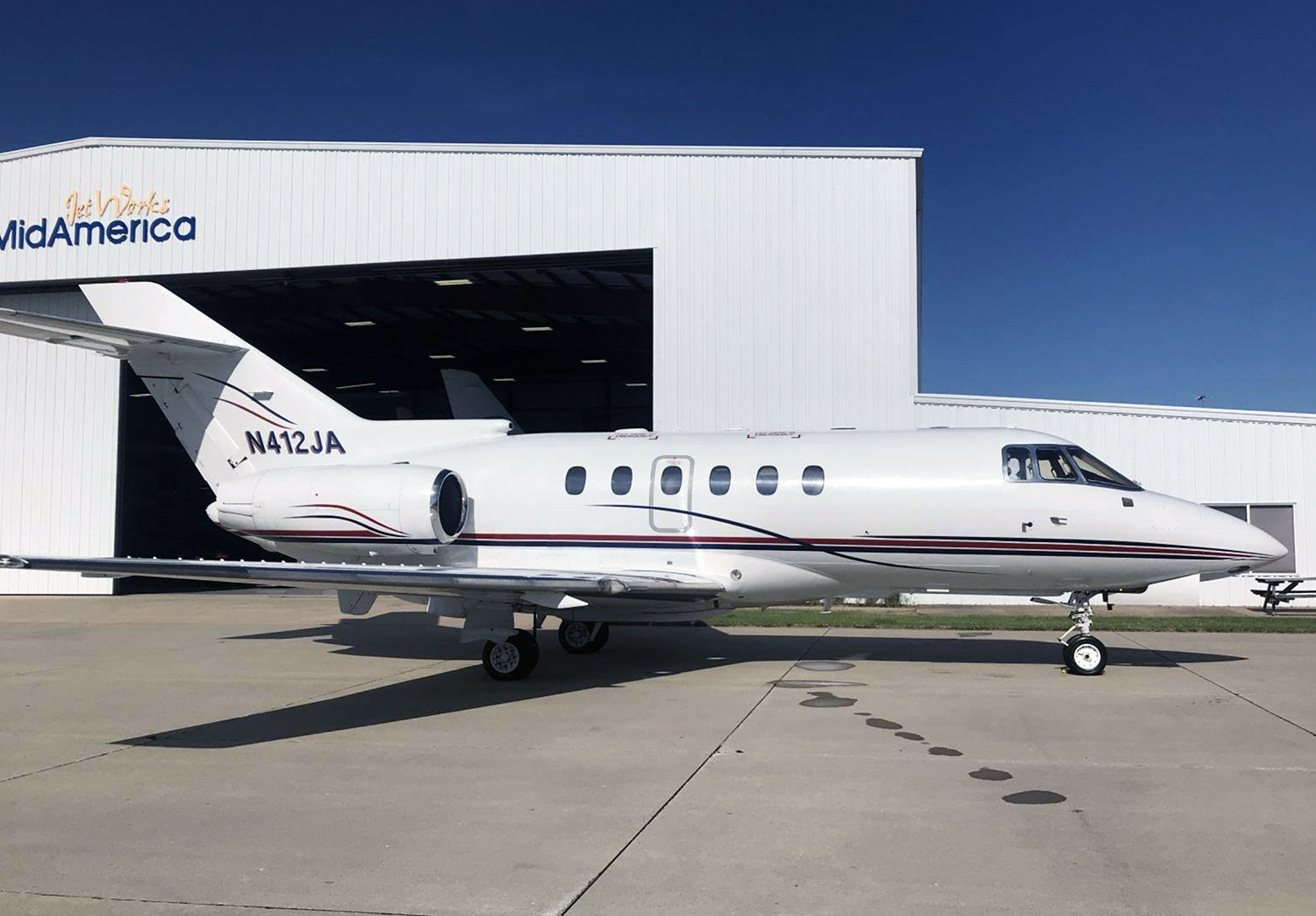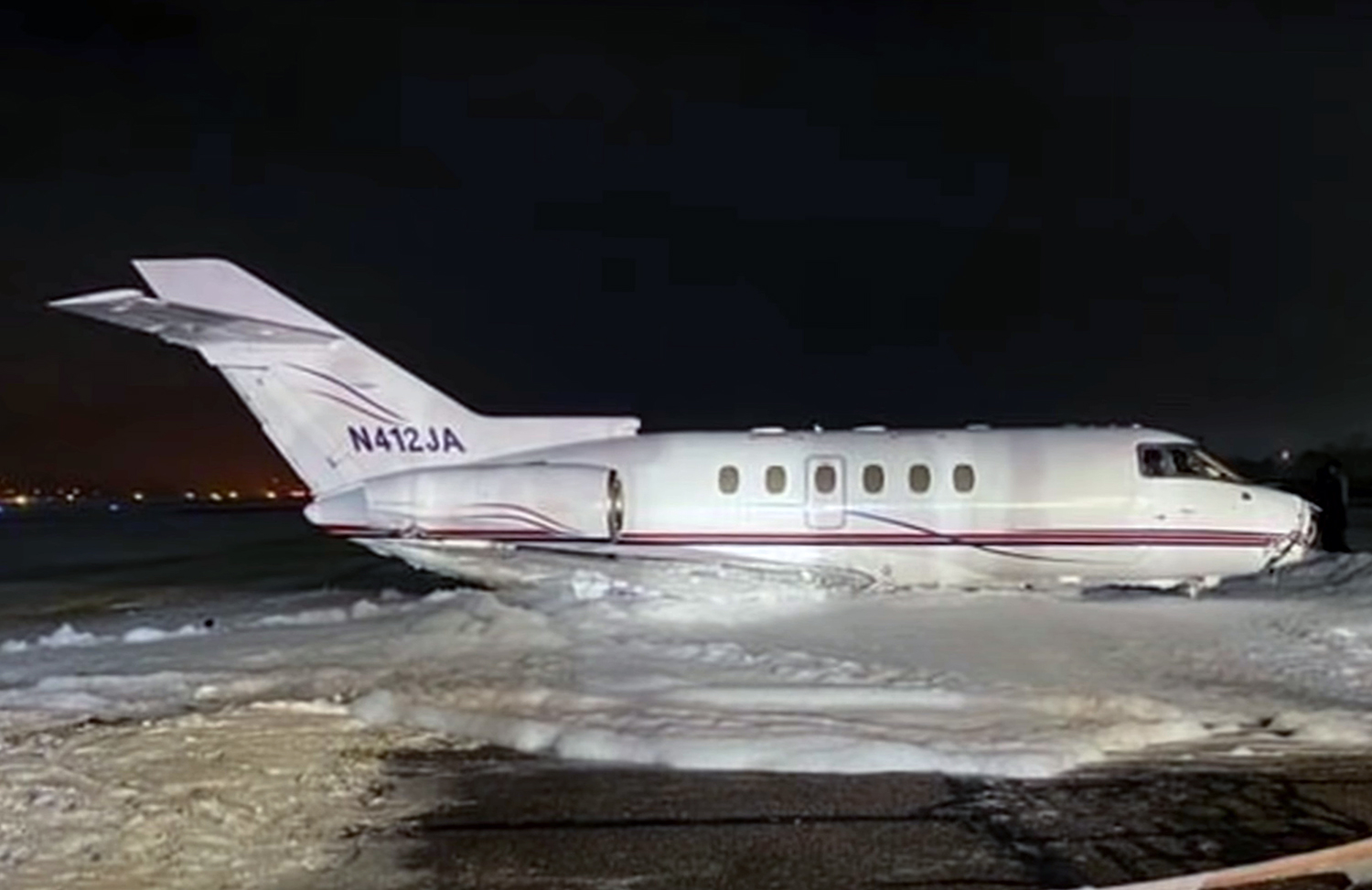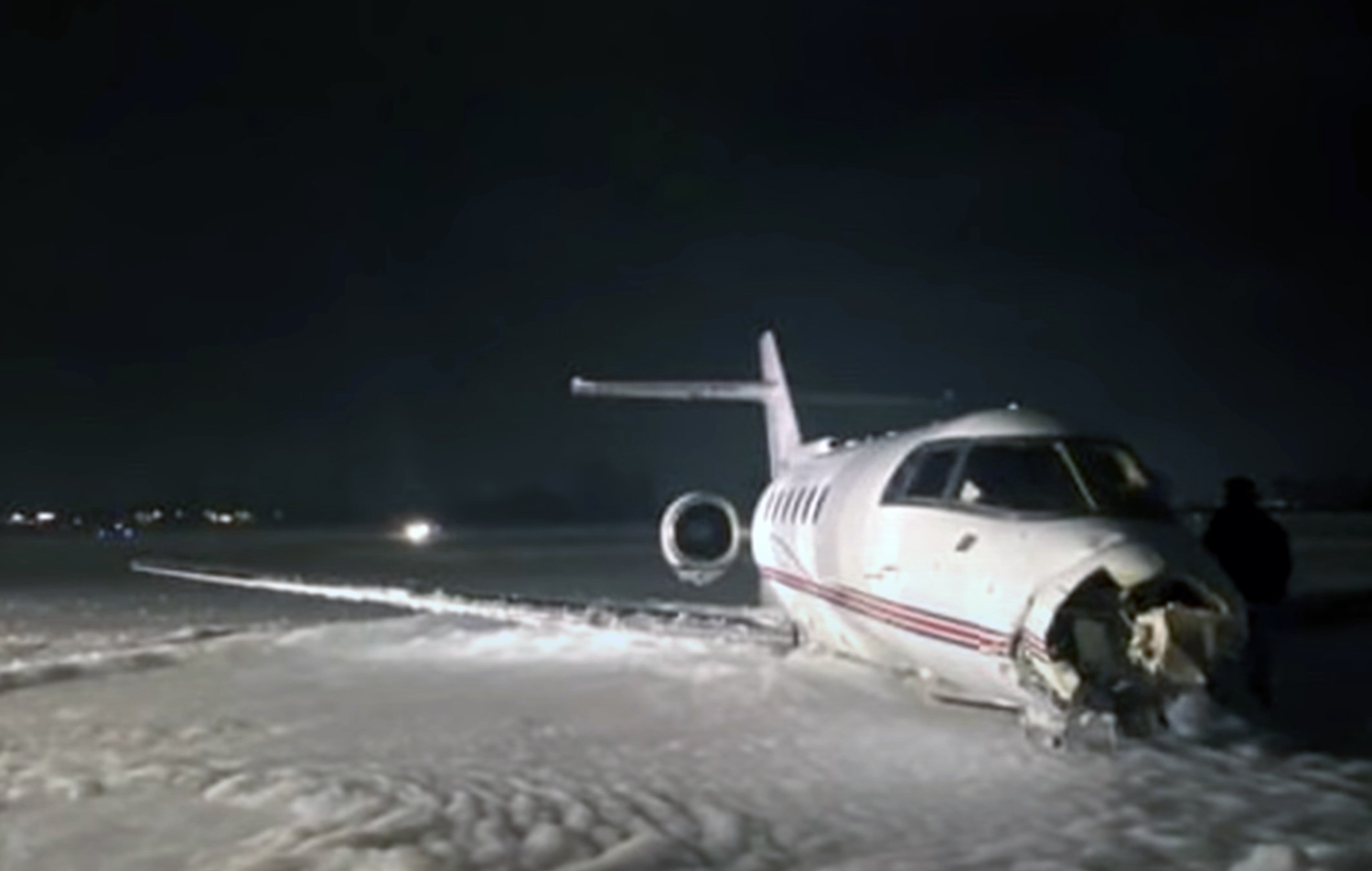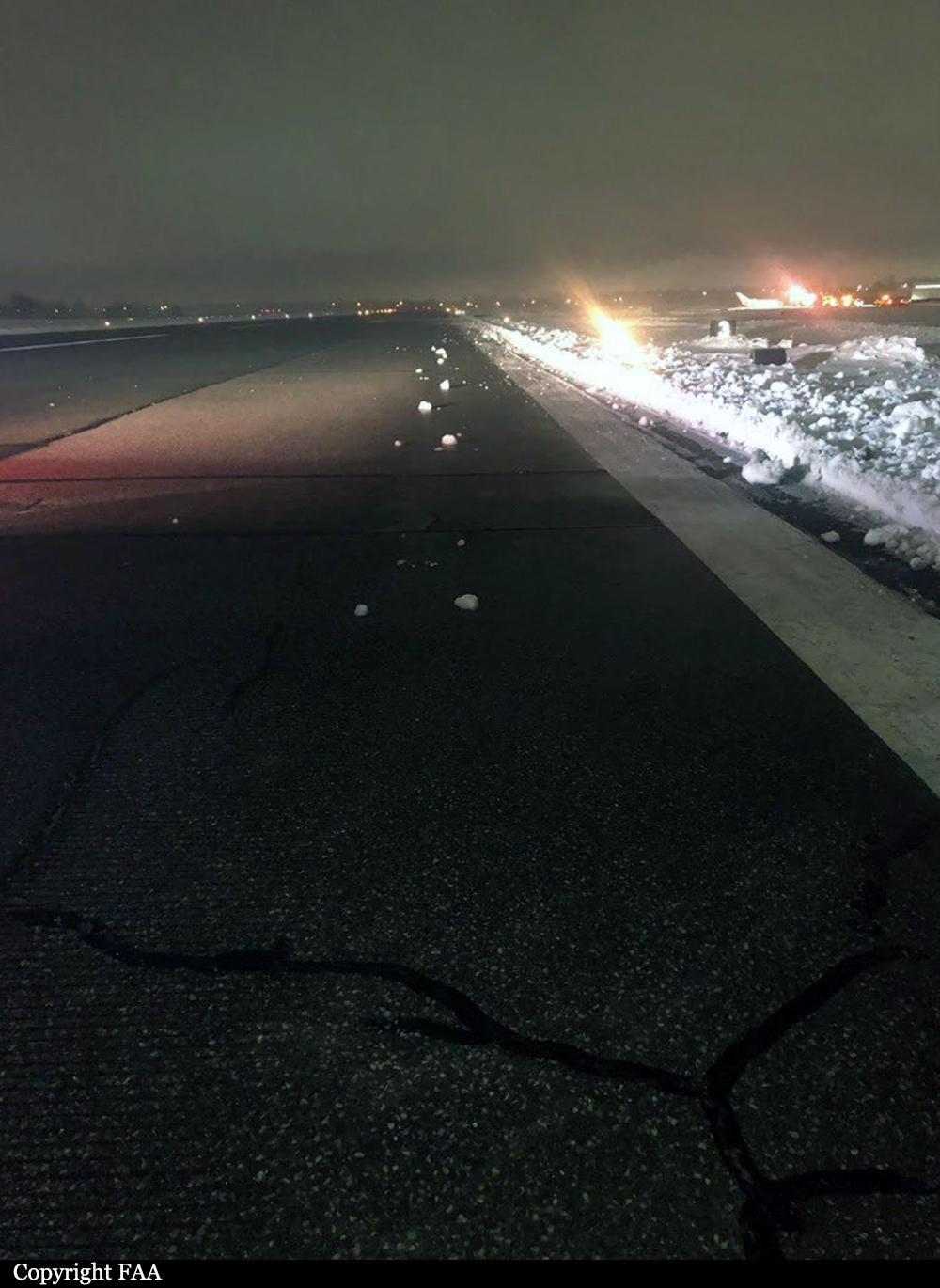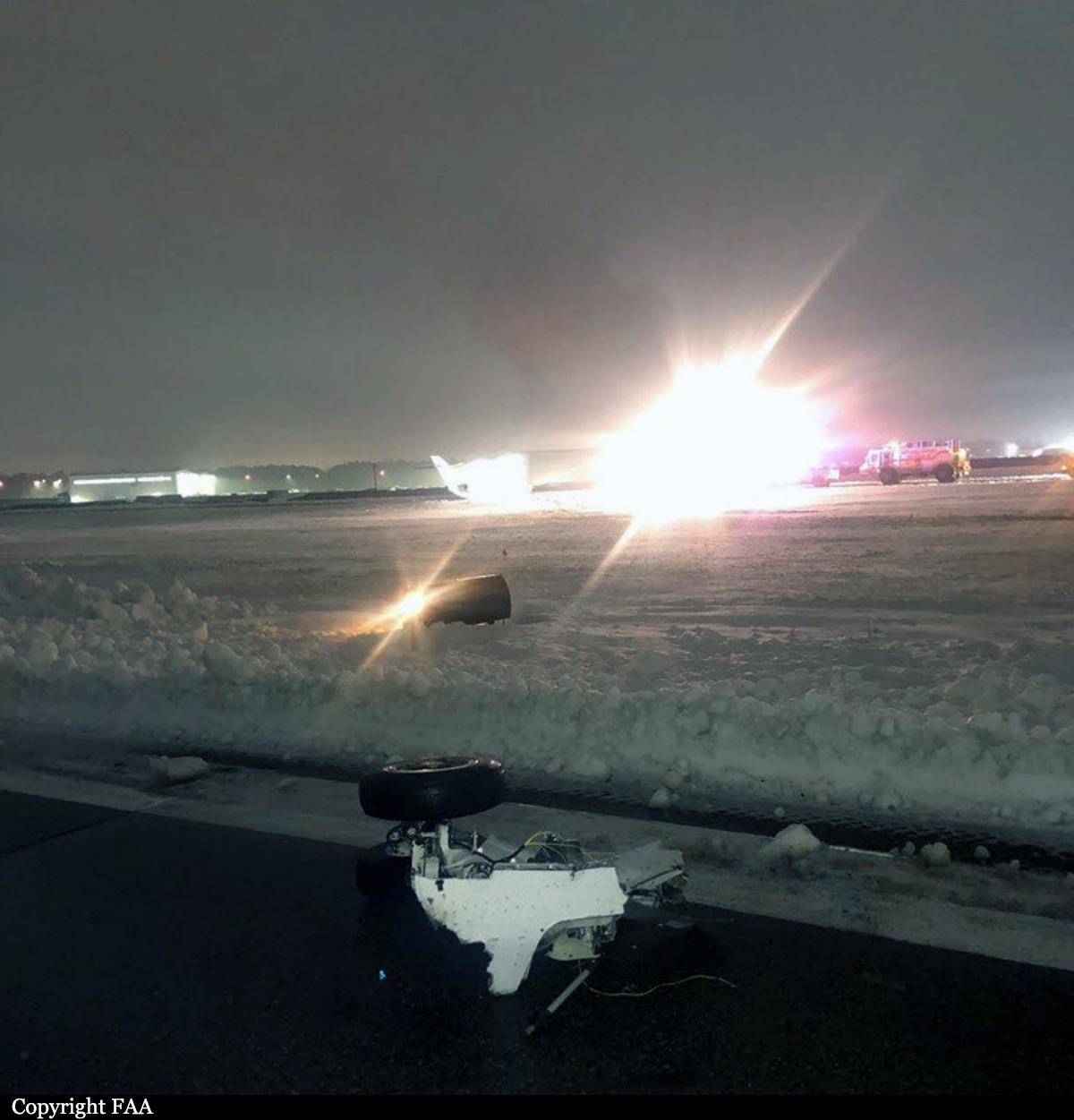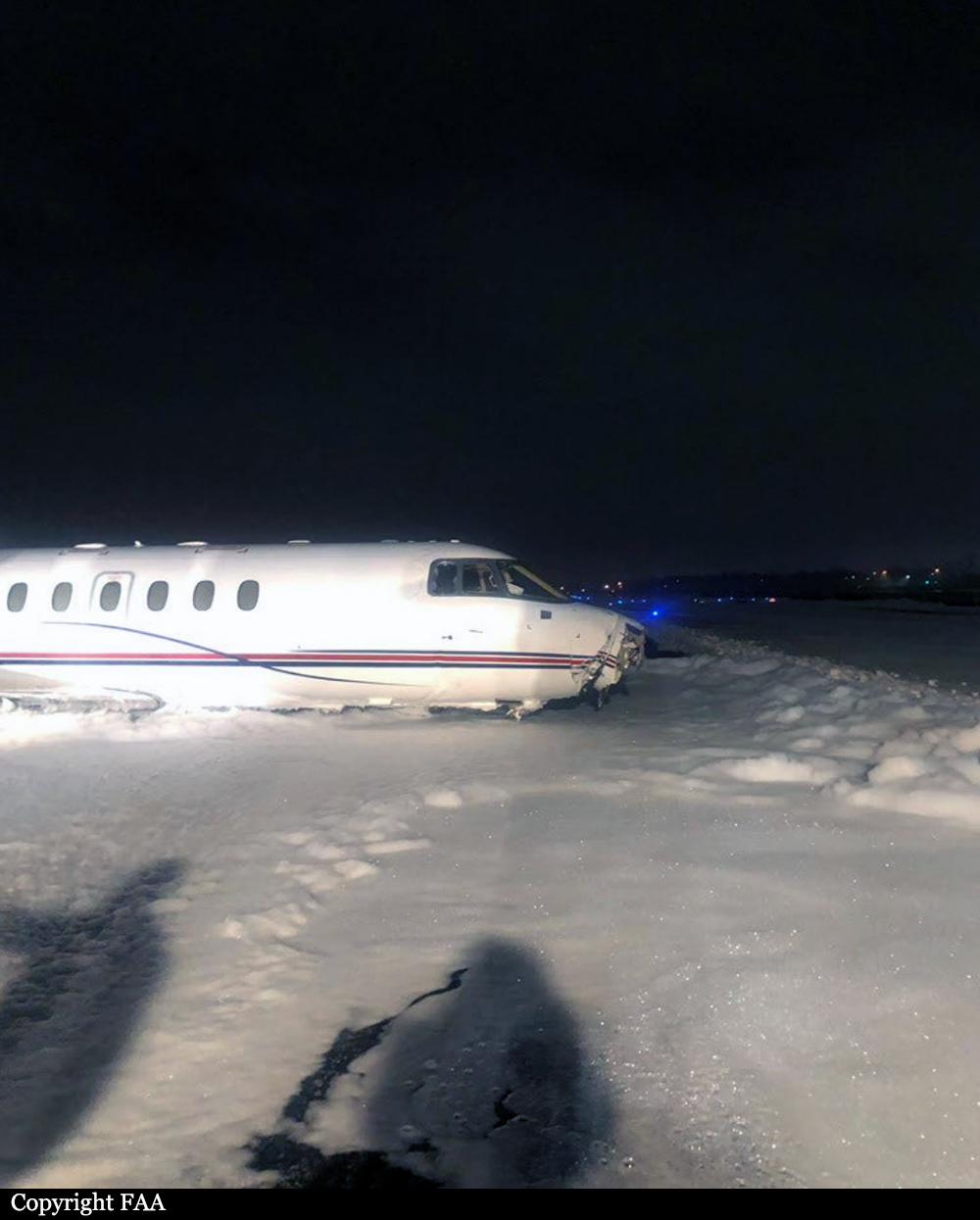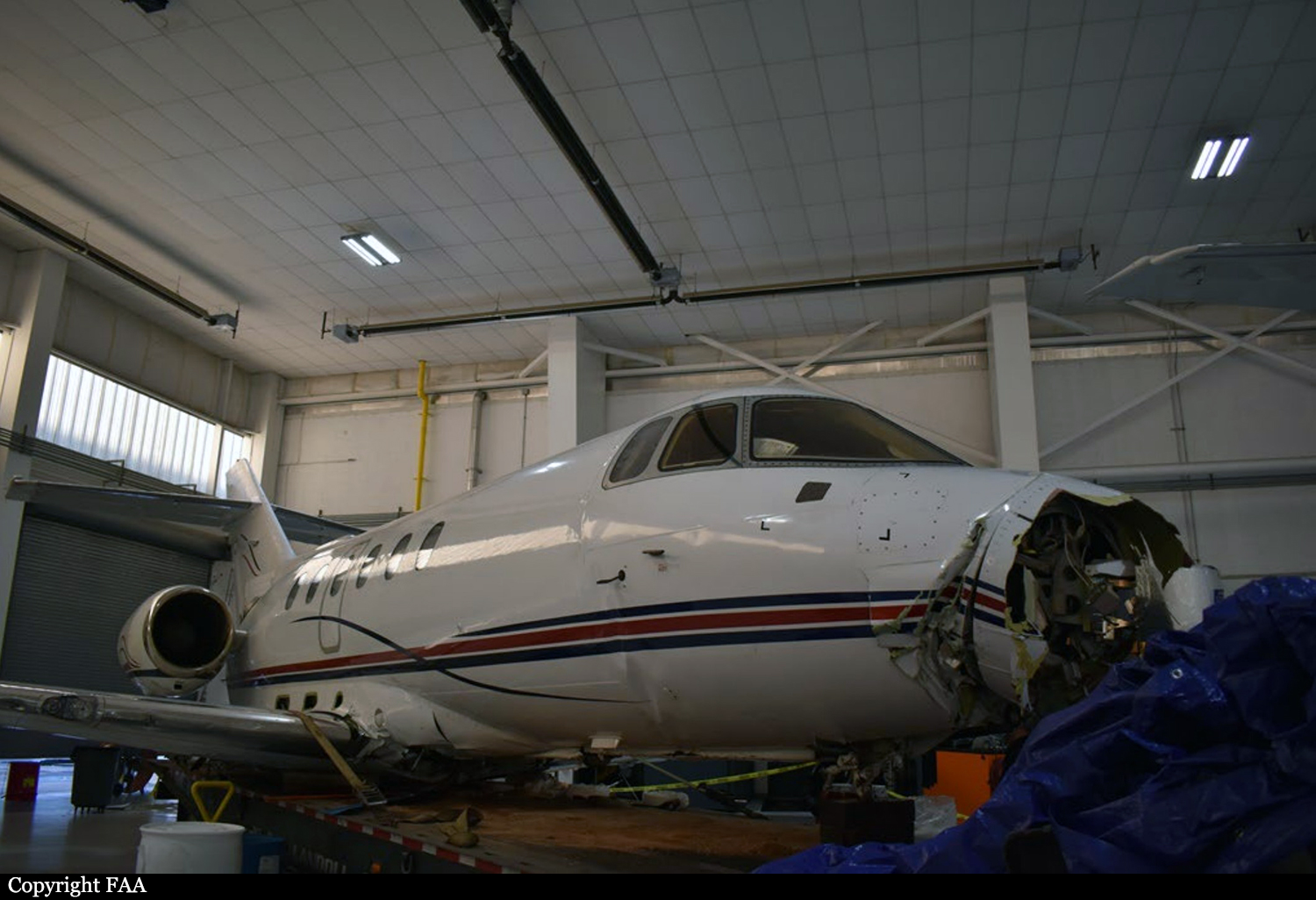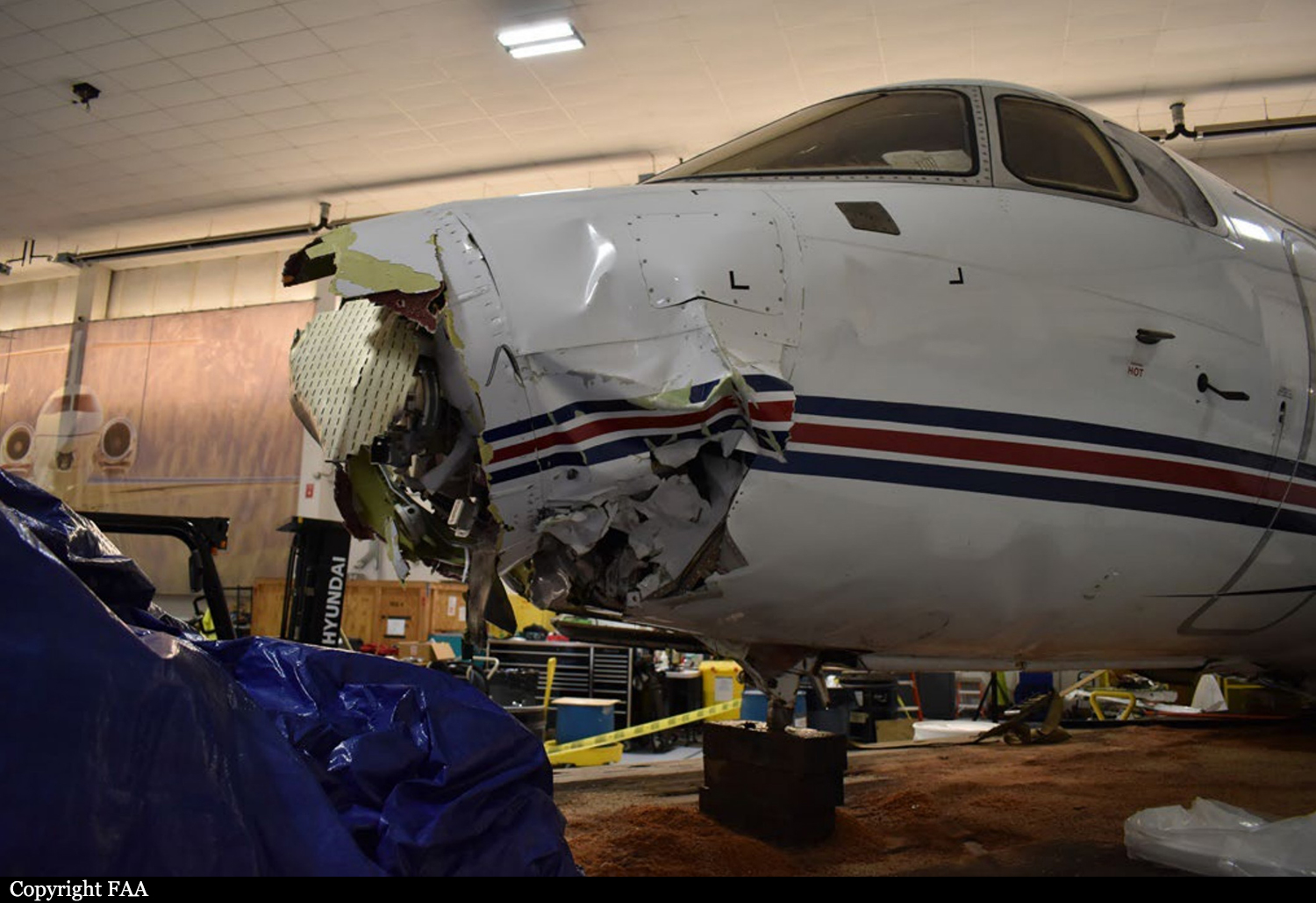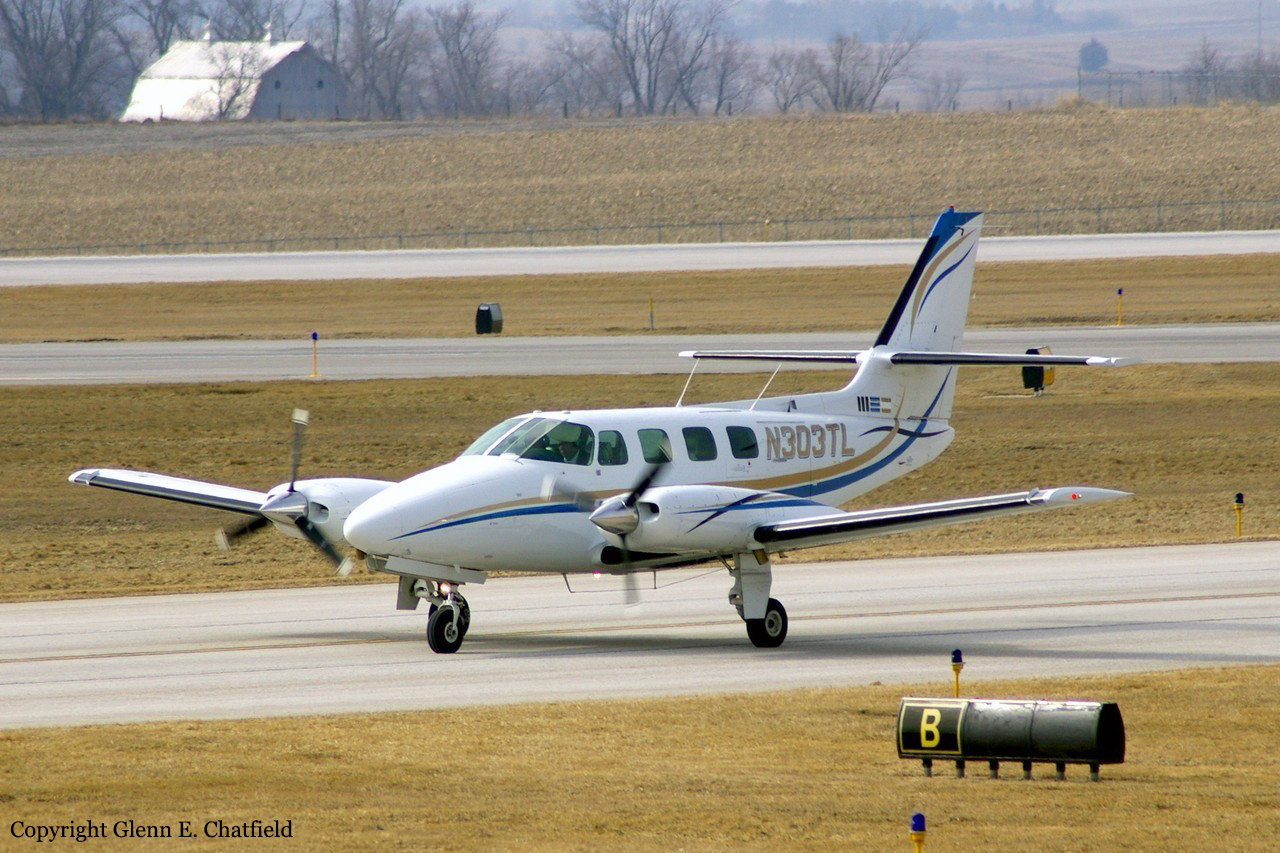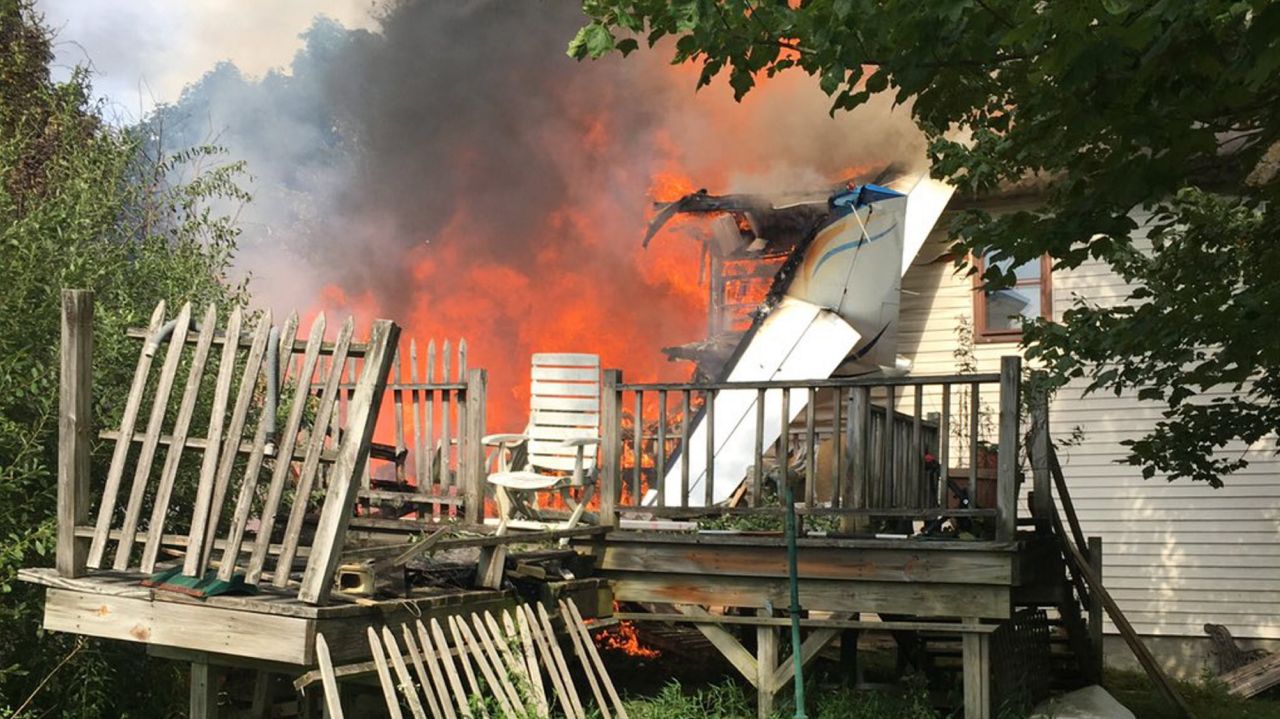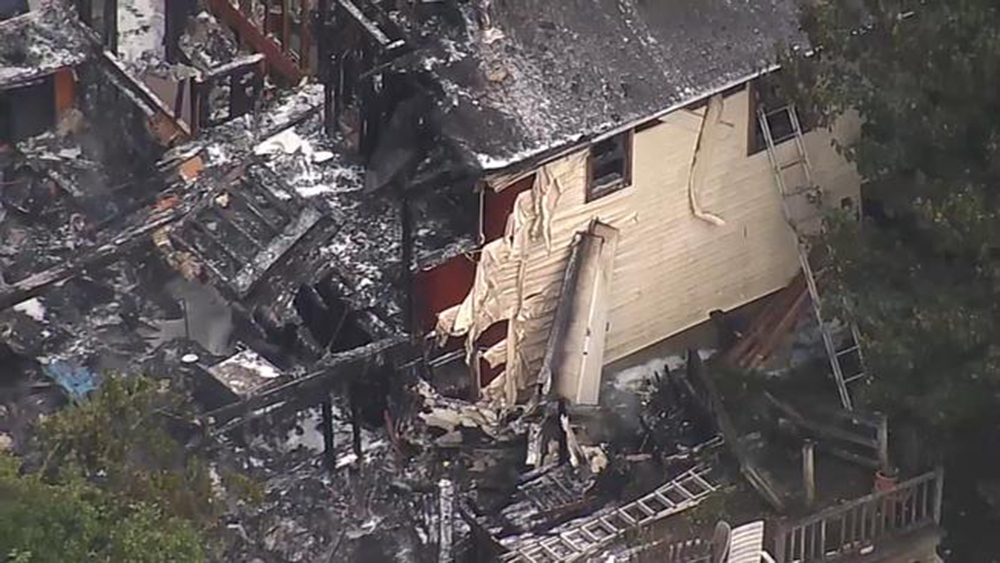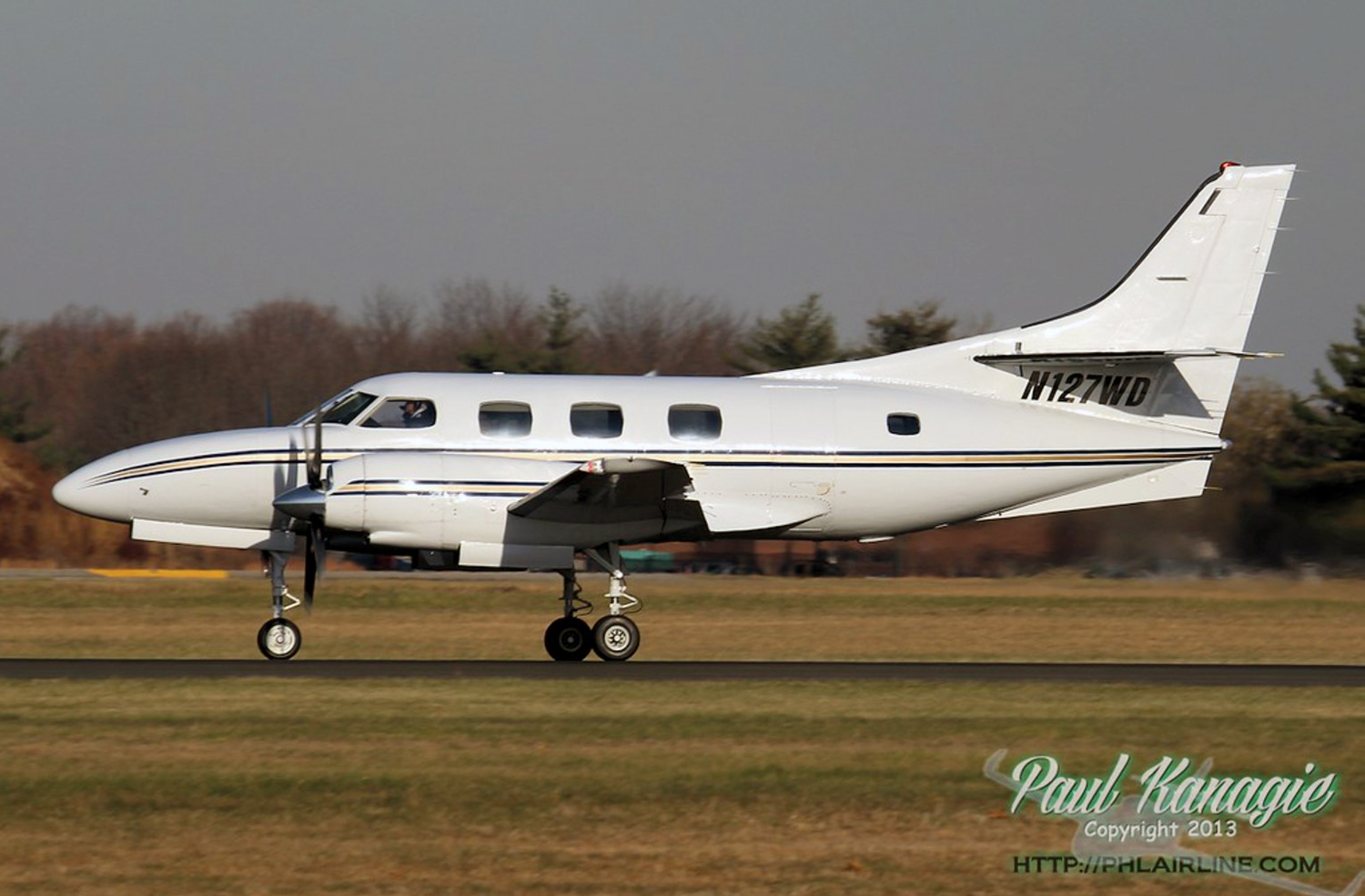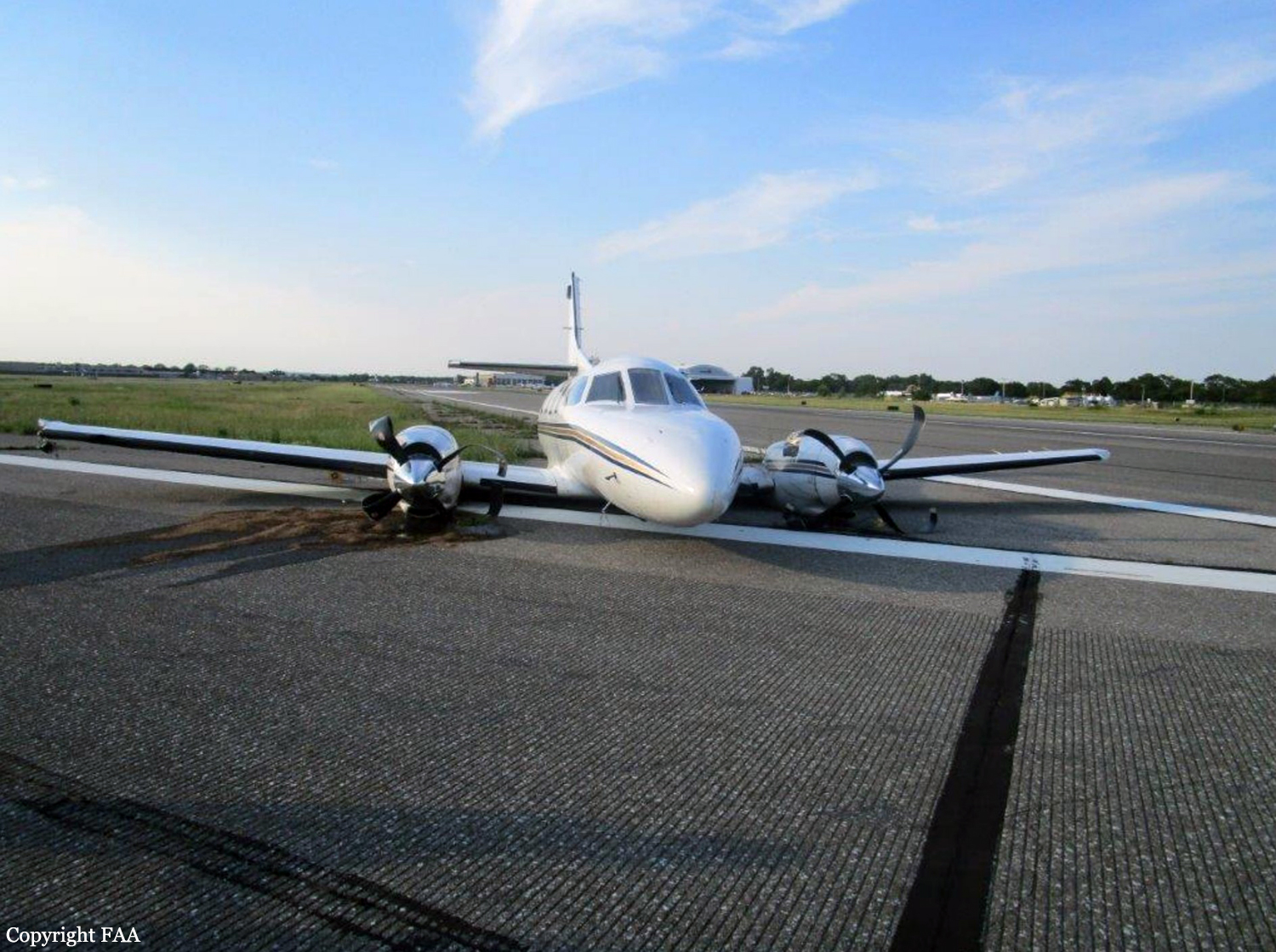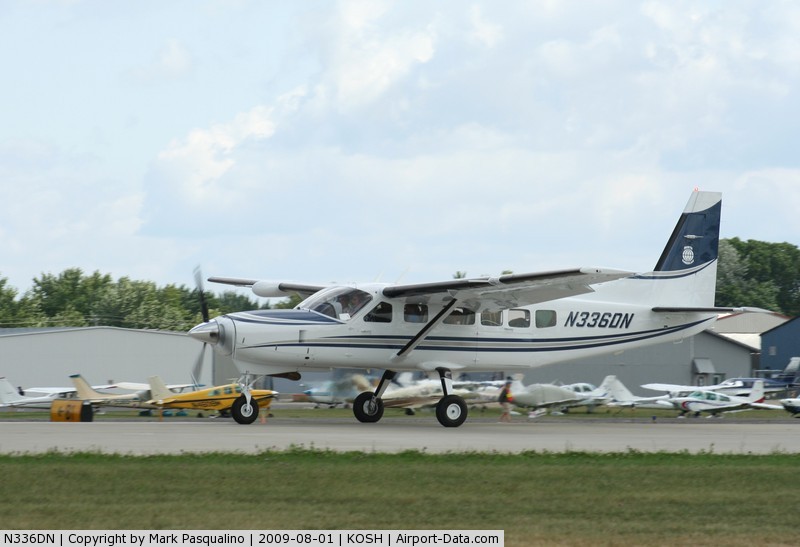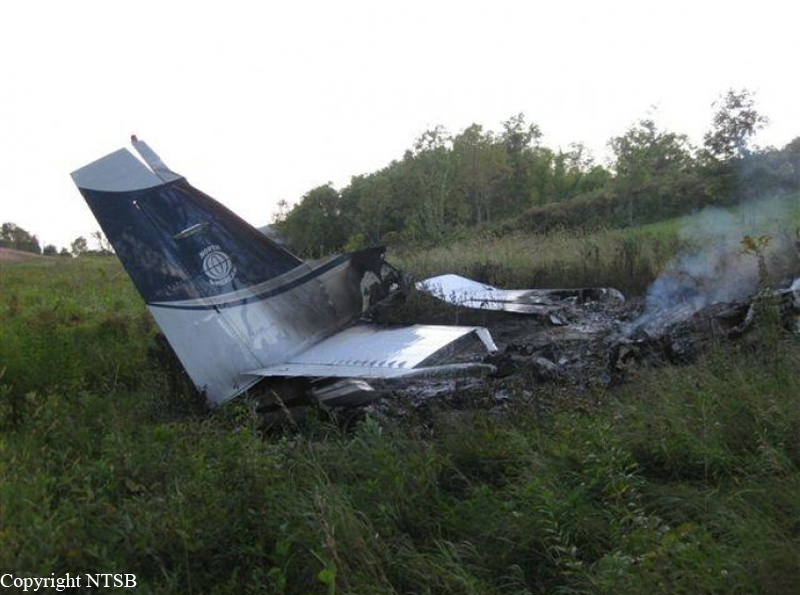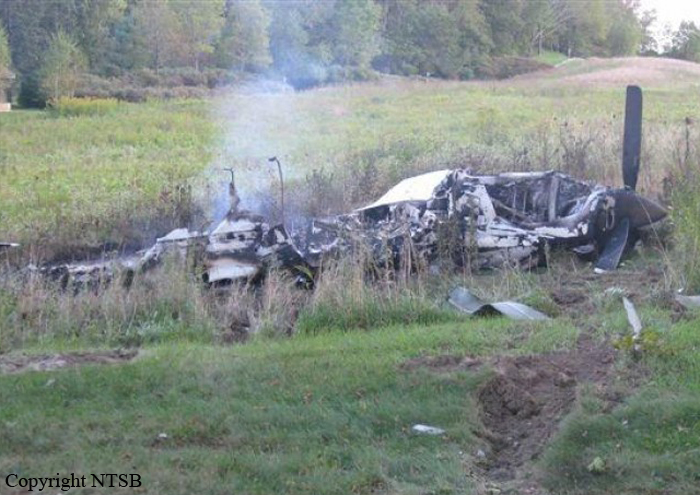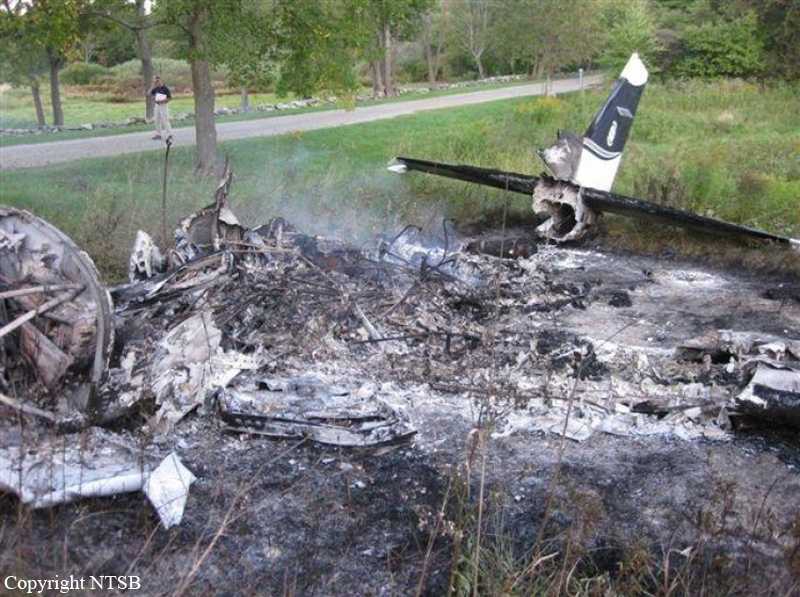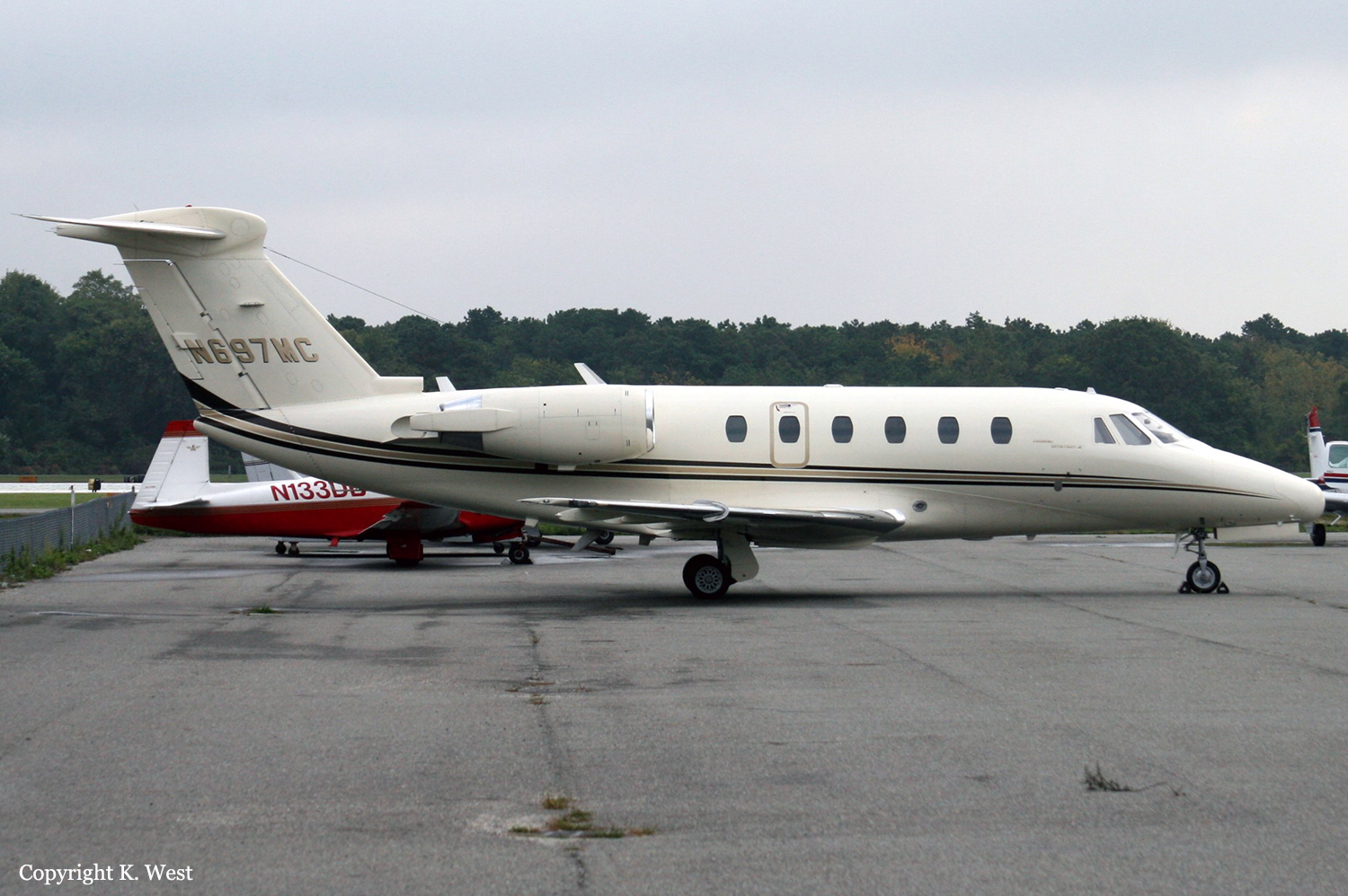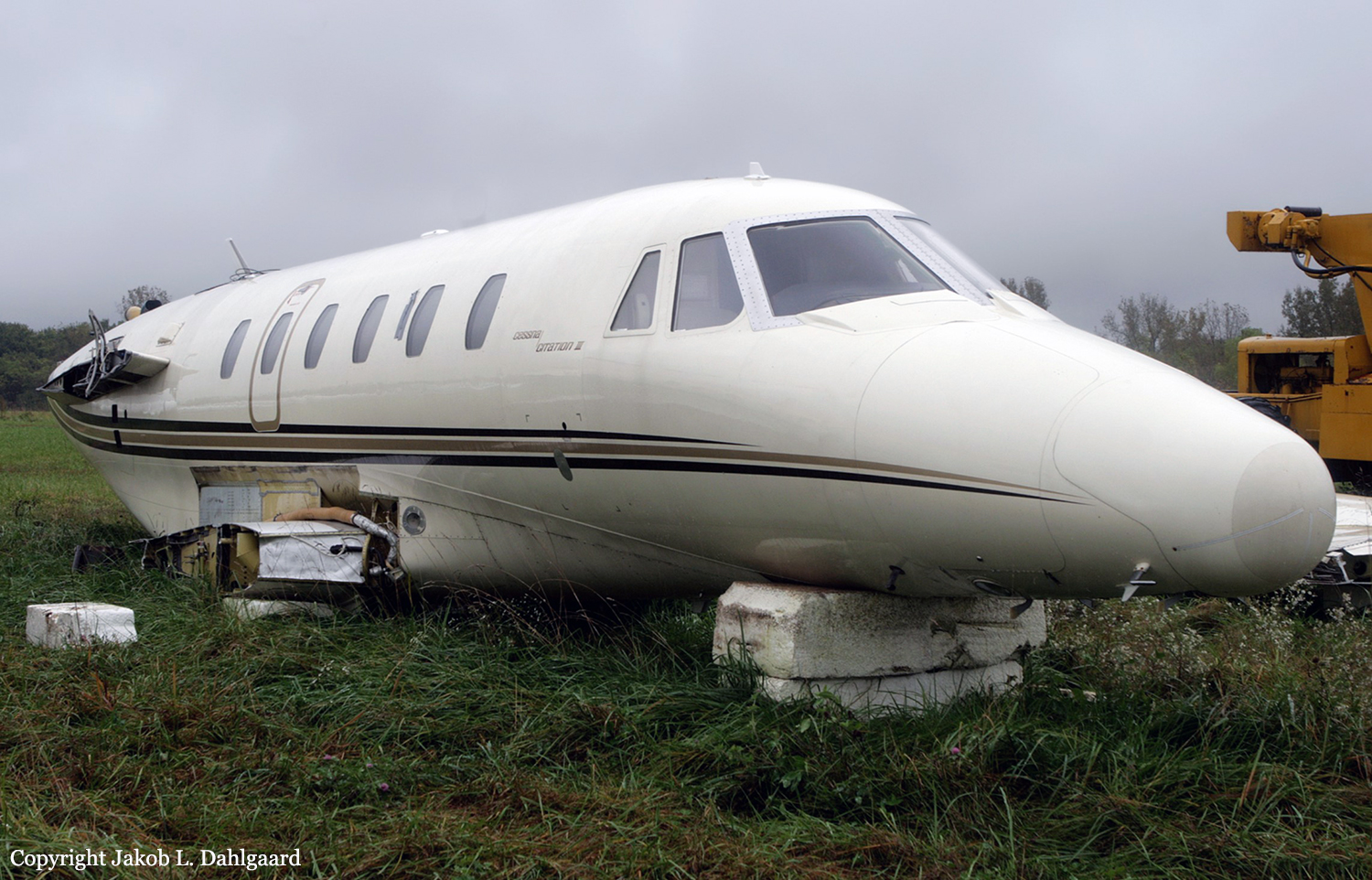Crash of a Beechcraft B60 Duke in Farmingdale
Date & Time:
Nov 5, 2022 at 1351 LT
Registration:
N51AL
Survivors:
Yes
Schedule:
Burlington – Farmingdale
MSN:
P-247
YOM:
1973
Crew on board:
1
Crew fatalities:
Pax on board:
1
Pax fatalities:
Other fatalities:
Total fatalities:
0
Captain / Total hours on type:
173.00
Aircraft flight hours:
7476
Circumstances:
The pilot reported that he was under the impression that his airplane’s inboard fuel tanks had been topped and he had 202 gallons on board prior to departure. He had a “standing order” with the airport’s fixed base operator to top the tanks; however, the fueling was not accomplished and he did not visually check the fuel level prior to departure. He entered 202 gallons in cockpit fuel computer and unknowingly commenced the flight with 61 gallons on board. Prior to reaching his destination, his fuel supply was exhausted, both engines lost all power, and he performed a forced landing in a cemetery about one mile from the airport. The pilot and his passenger had minor injuries. Inspectors with the Federal Aviation Administration examined the wreckage and determined that damage to the wings and fuselage was substantial. The pilot reported that there were no preaccident mechanical malfunctions or failures with the airplane that would have precluded normal operation.
Probable cause:
The pilot’s improper preflight inspection of the airplane’s fuel system, resulting in him commencing the flight with an inadequate fuel supply.
Final Report:
